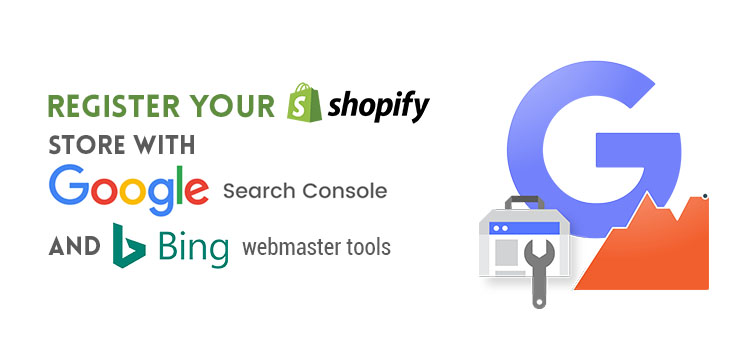Shopify is one of the world’s most popular eCommerce solutions, with 600,000+ business using it to host their online store. The platform comes with attractive templates and offers its users a very easy way to sell goods – either physical or digital – online.
There are some key tips on how to make shopify store rank in search results.
1. Use SSL
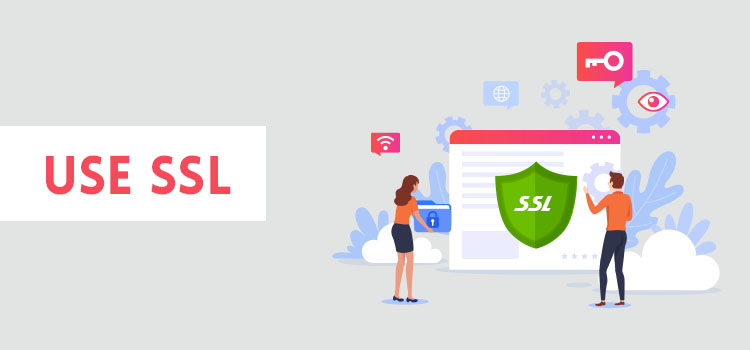
internet browsers tend to dislike non-secure websites and display warning messages to people visiting them. Shopify provide these to online store owners as part of their subscription. You can activate these by going to your Shopify dashboard and then to sales channels > online store > domains.
2. Register your Shopify store with Google search console and Bing webmaster tools
by registering your site with Google search console and Bing webmaster tools which are most important services you are telling the two major search engines that your website exists, and are ensuring it gets crawled. One thing you should remember with these services is that you should register both the www and non-www version of your domain.
3. Submit your shopify store’s sitemap to Google search console and Bing webmaster tools
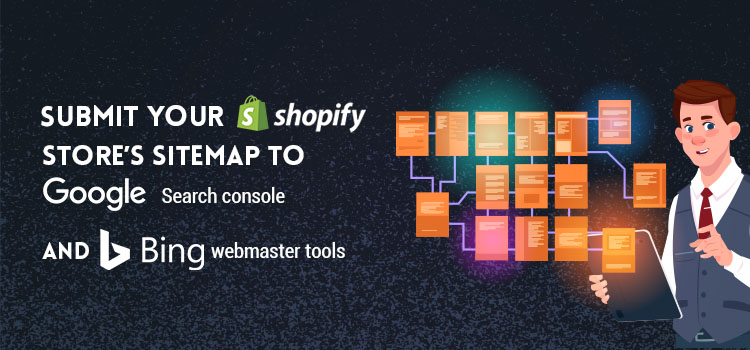
once you’ve registered your shopify site with Google search console and Bing webmaster tools, you’ll need to submit an XML sitemap to both services. This helps both the services index your site accurately and quickly.
Ensure your shopify store is loading as fast as it can

page speed is a signal used by search engines to rank websites, with fast-loading sites given preference over slow ones.
Get your page titles right
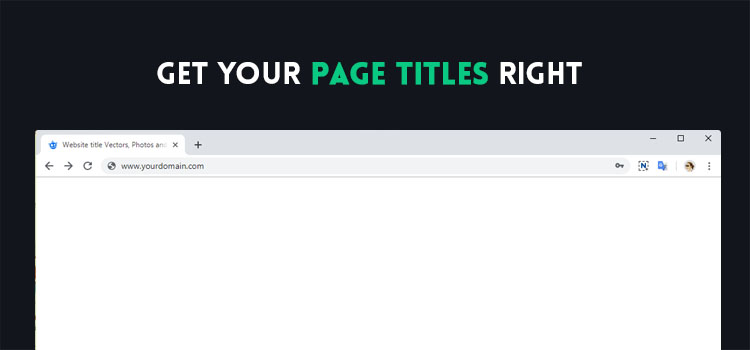
one of the most significant elements of a web page is its title: search engines treat it as a key piece of information when working out how to categorize and rank it, and your title itself shows up as the largest component of a search result. You should ensure your shopify page and post titles are never vague in nature, and start with your ‘focus keyword’.
Use headings properly
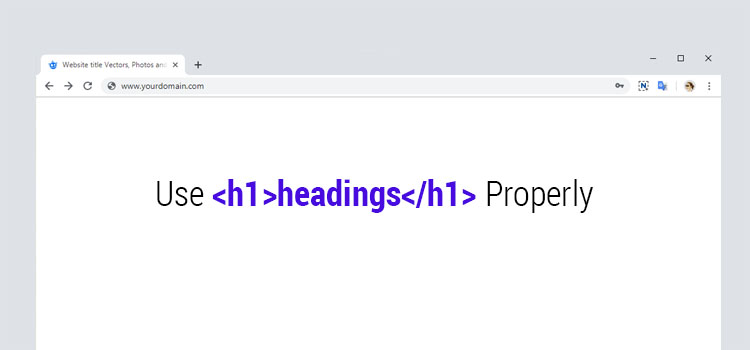
make sure you read up on headings and how to apply them properly to your text before you upload content to your shopify site.
Use Engaging Meta Descriptions
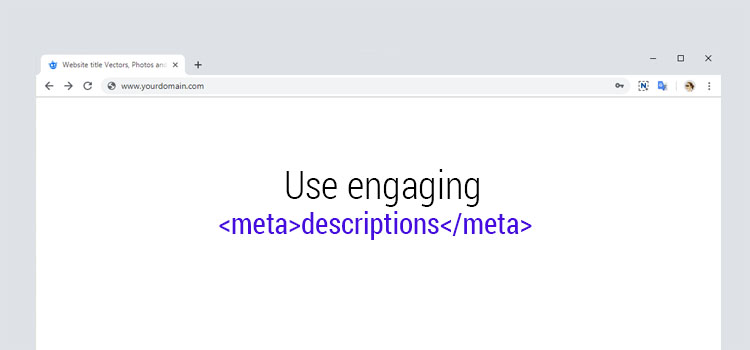
meta descriptions provide short summaries of web pages, and usually appear underneath the blue clickable links in a search engine results page.
Use alt text and optimized file names with your images
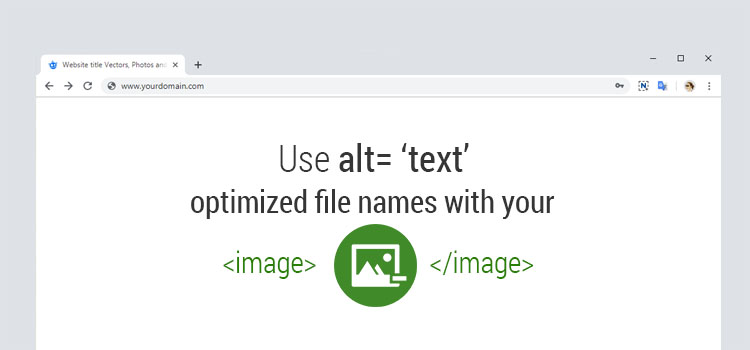
search engine algorithms don’t just look at the words on your website when indexing your site, they factor in your images too. To do this, they look at two bites of data associated with your pictures: ‘alt text’ and file names. You need to ensure both are up to SEO perspective.
Use clean URLs
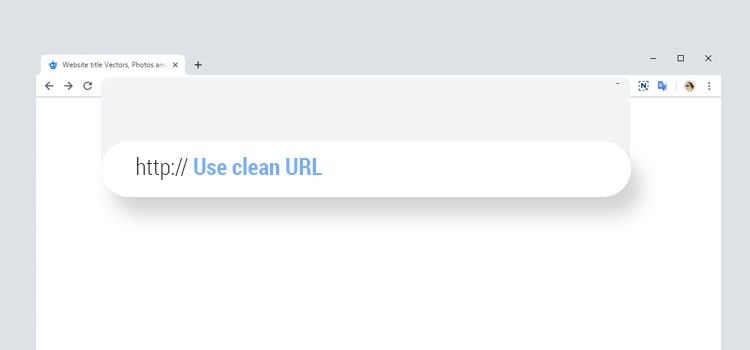
using clean URLs with a simple structure is encouraged by Google. Clean URLs are short, simple and intelligible. To edit a page URL in shopify, go to the page, product or post you wish to edit, scroll down to the bottom of it and then click ‘edit website SEO’.
Add rich snippets to your content
rich snippets data that can be added to your content to help both searches and search engines understand what a page is about – are an important part of how your website behaves in search results.
Focus on creating great content and building backlinks to it
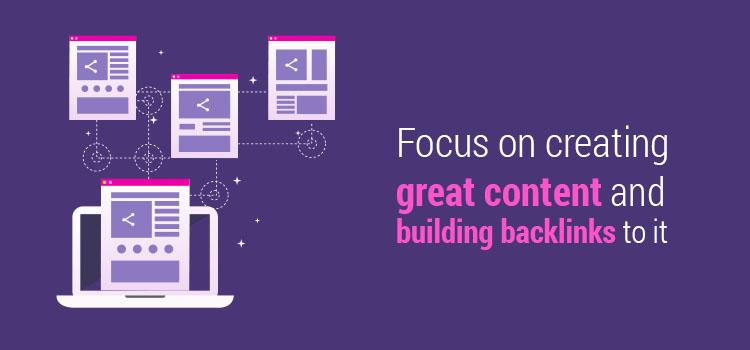
a lot of shopify users focus so much on their product catalogues that they forget a hugely important aspect of SEO: creating great content, usually in the form of blog post. Before you invest time in writing great content and building backlinks to it, some keyword research is essential.
Assess the quality of your on-page SEO
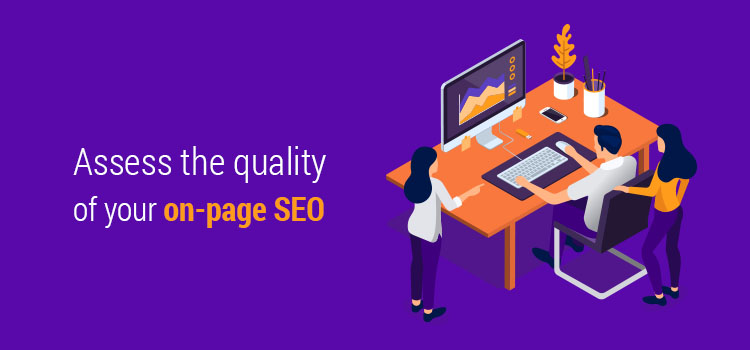
On-page SEO is a set of steps that are taken to ensure that as may ‘ranking signal’ as possible are present on an individual page. These include:
- Using headlines properly
- Making use of ‘LSI keywords’
- Positioning your focus keyword early on in our content
- Adding long-tail keywords to your content
- Optimizing images correct.
Basic SEO Optimization for Shopify
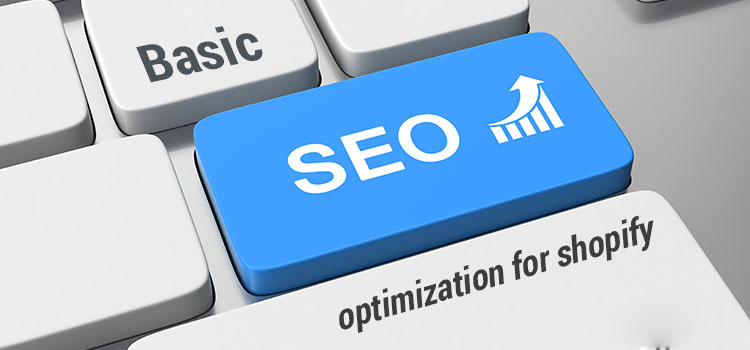
After we have done a complete audit of the store and found all the technical errors that are preventing your store from ranking it is time to optimize the most basic functions in your shopify store.
External optimization (backlinks and social media)
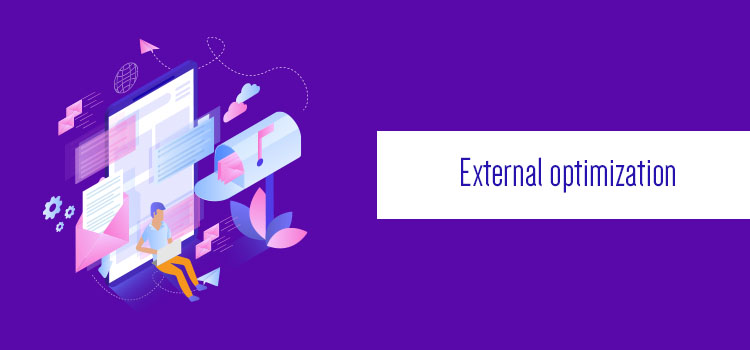
- Best SEO app for shopify – which app is the best for your shopify apps depends largely on the use of the app and how you can use it to optimize the SEO for your shopify store.
- Best technical SEO app for shopify – plug-in-SEO is one of the best apps on the shopify market for technical optimization you could also use general tools like SEM rush and Moz that also help you to identify things like broken links and duplicate content.
- Best on-page app for shopify – content optimization is important because it not only affects your rankings but also your AdWords quality score which results in less advertising spend.
Shopify SEO expert

Shopify marketing experts help drive customers to your website with special promotions, SEO optimization and social media campaigns. These experienced online promotion experts know how to build your brand and create a community around it. They are:
- Binary – shopify experts
- Metizsoft solutions Pvt Ltd.
- Simprosys InfoMedia
- eShop genius
- WEBDESK SOLUTION
- MakkPress Technologies
- Code rapper
- Budget builders
- Jade commercecenter.com
- Gurl studio – shopjedi
- asia
- Jiutu
How to improve SEO on shopify
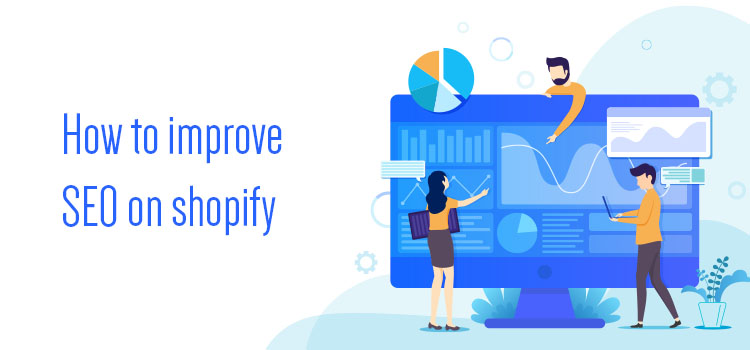
Shopify stores have their own unique forms of SEO. Shopify is a great platform where a lot of SEO work is handled either automatically or with a little influence from you. There is no base system, so there will always be ways to improve.
There are 25 ways to improve the SEO of your Shopify store:
- Use a technical plugin
- Use a content plugin
- Specify shop meta title
- Specify shop meta description
- Submit your sitemap to google
- Check your canonical URL
- Choose www
- Verify your shop theme
- Consider upgrading to SSL
- Do research for good keywords
- Write expansive and unique product pages
- Include numerous product images
- Optimize image meta data
- Incorporate user reviews for more content
- Seek out external links
- Encourage visitors with internal links
- Compress images
- Minify site code
- Consider using CDN
- Consider merged product pages
- Include important informational pages
- Make use of category collections
- Maintain a social media presence
- Check SEO every few weeks
- Consider a blog
How to do SEO on shopify
Shopify comes with several SEO-friendly features but there’s so much more you can do to climb up in the rankings. While SEO relies on keywords, it takes more than just sprinkling some keywords into your site’s content to get your site ranking higher. Optimize your shopify products pages.
10 technical SEO tips to get the most from an ecommerce website
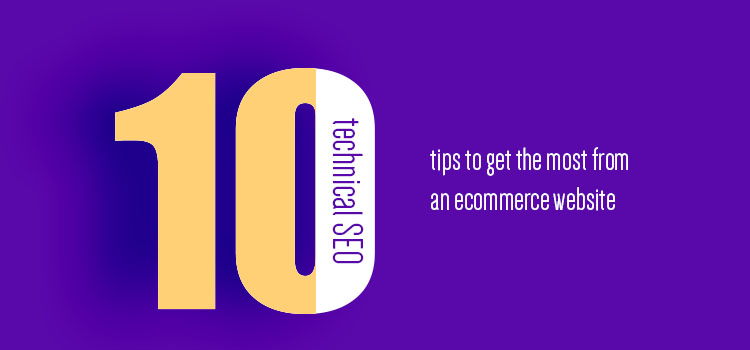
When building ecommerce sites for clients, you already know that it’s important to consider SEO. But it’s also important to consider that SEO for ecommerce websites is slightly different from SEO for non-retail sites and keeping those differences is critical when optimizing your client’s stores.
- Pagination and the display longer category listing pages to ensure usability and SEO friendliness
- Faceted navigation, allowing visitors to sub-categorize based on their requirements, without creating duplicate content for search engines
- Product options and how to decide how many product pages to display
- Handling out of stock products, particularly when product pages rank well in the SERPs
- Seasonal product refreshes, ensuring you don’t lose all rankings when a product line refreshes from spring/summer to fall/winter
- Optimization, specifically around how to optimize large websites without having to manually create every title tag, which avoiding cannibalization and duplicates title tags
- Orphaned pages, handling your internal navigation and ensuring rankings aren’t lost due to pages becoming inaccessible
- International targeting , ensuring your site is visible across all countries and that you aren’t creating competition for the client in different countries
- Social media and payment options for international websites, making sure you don’t lose customers
- Making sure you’re thinking ahead to future of search including mobile, site speed, video and voice.

